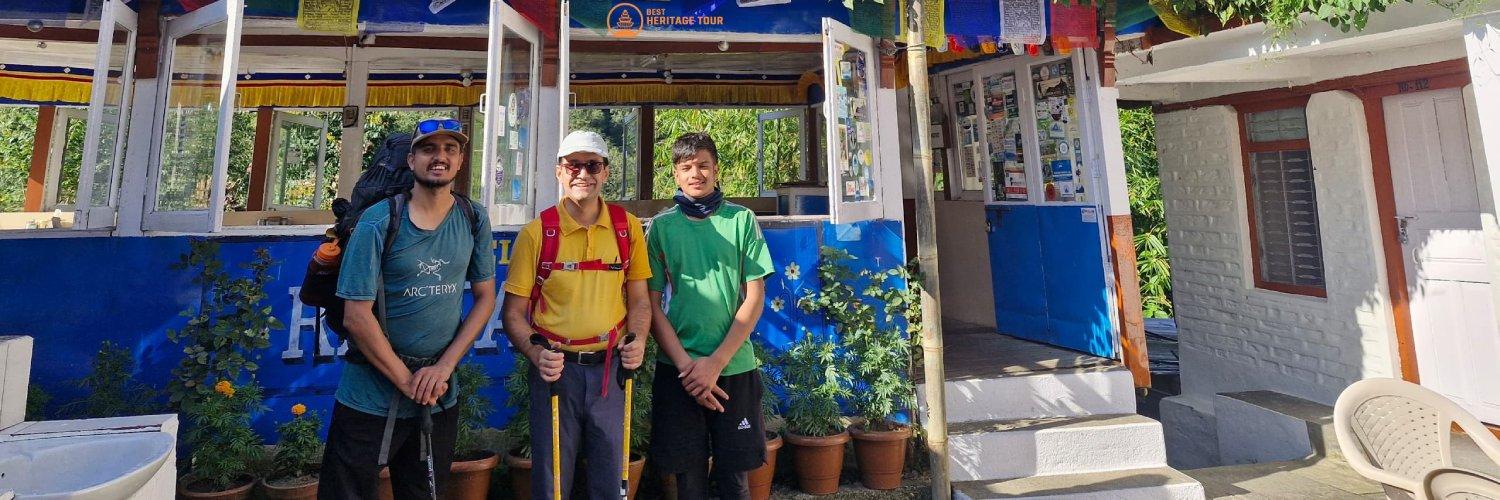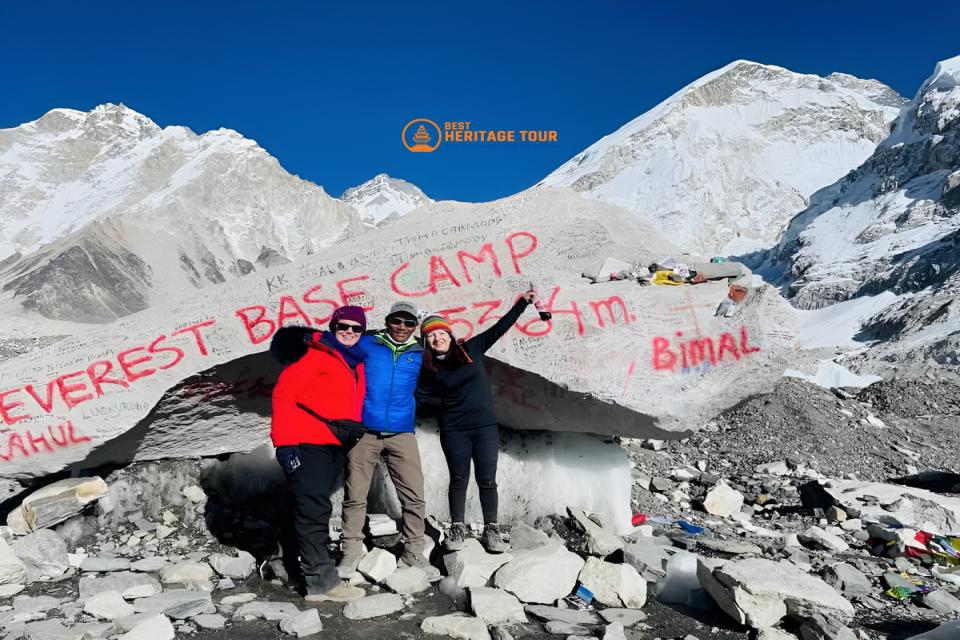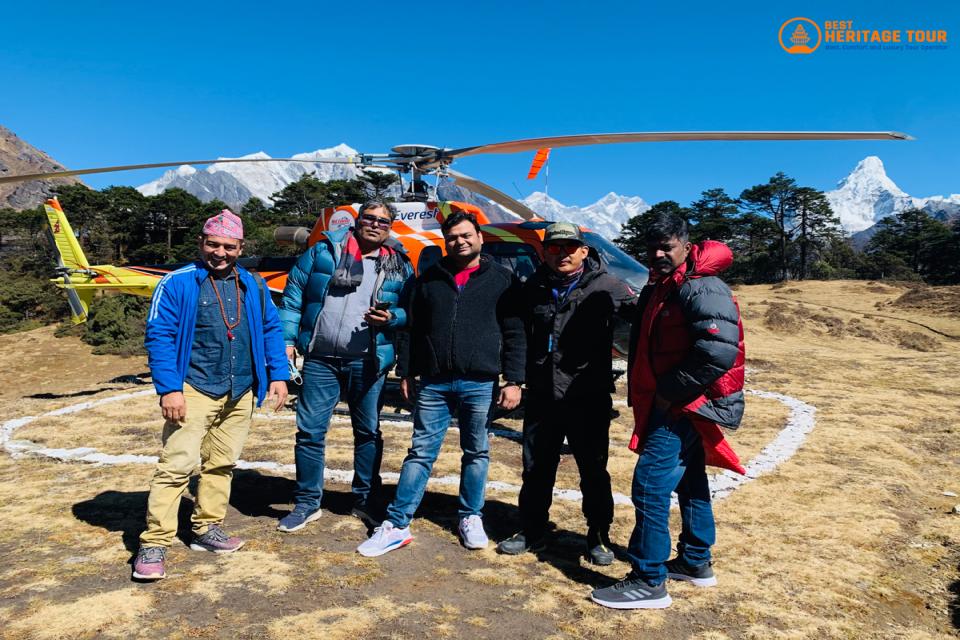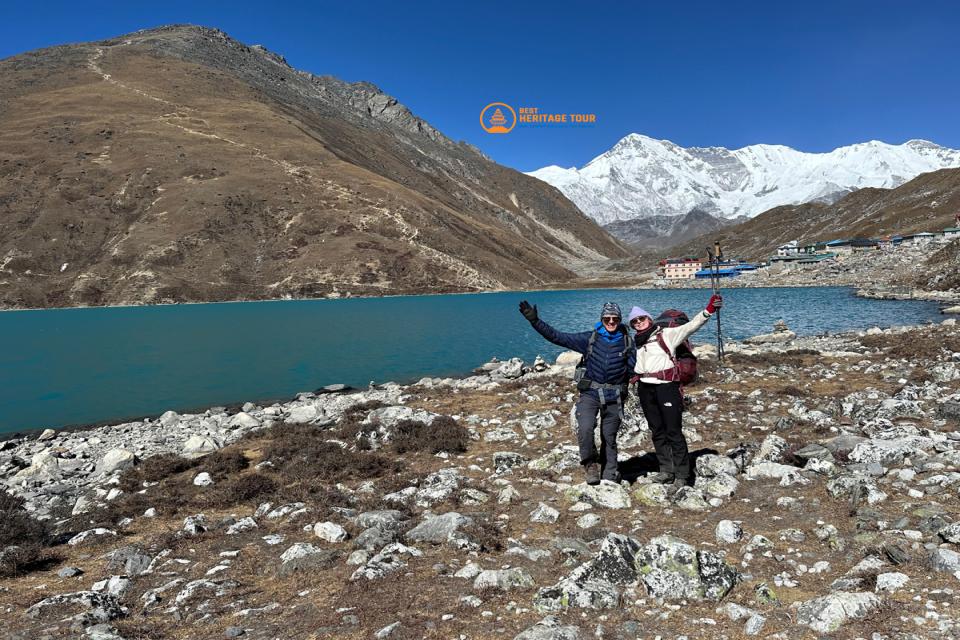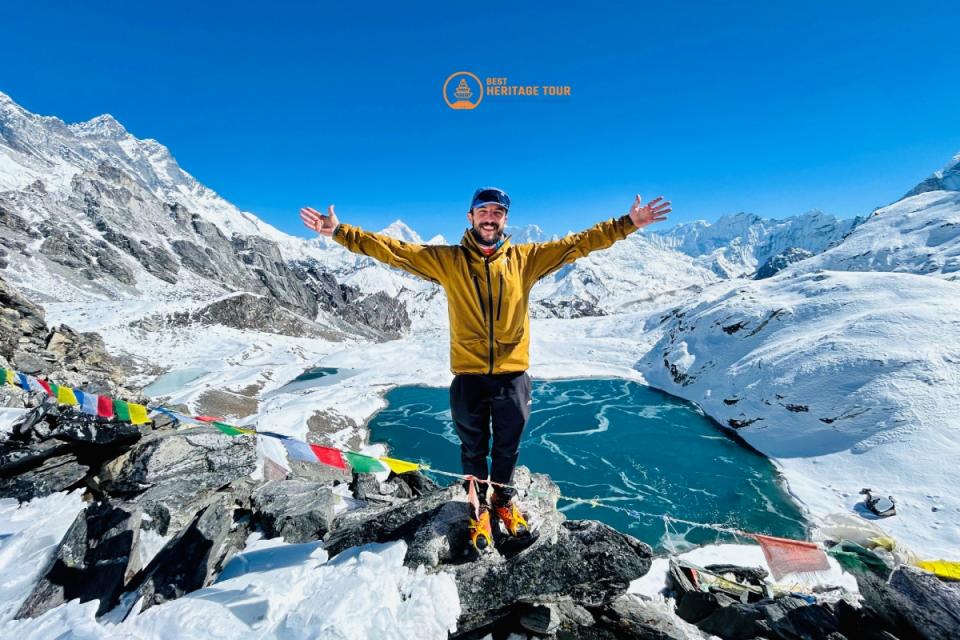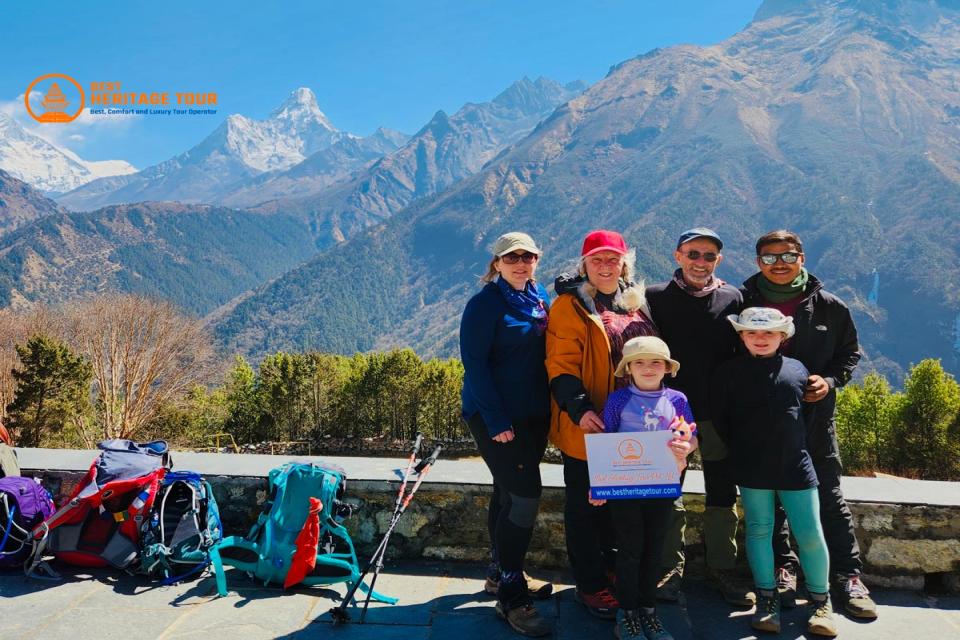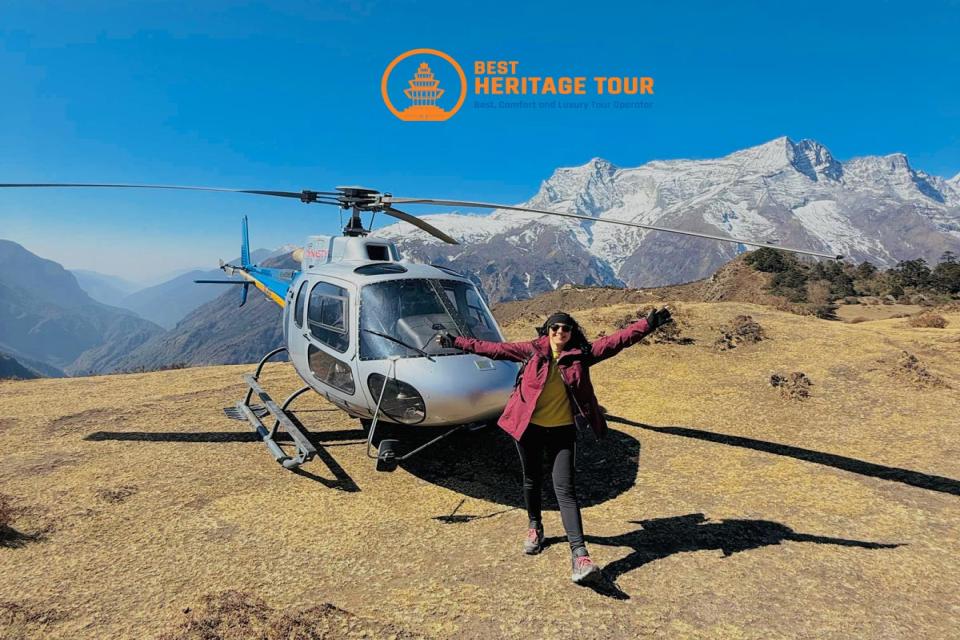When preparing for your trek to Everest Base Camp (EBC) or other high-altitude routes in Nepal, one of the most common modern-day questions is:
How do I stay connected on the EBC trail?
With mobile networks limited and power sources scarce, trekkers often wonder whether to buy a Wi-Fi card or use the teahouse Wi-Fi available along the route. Let’s break down both options to help you make the best choice before you begin your Himalayan journey.
Internet Connectivity in the Everest Region
Before we compare, it’s important to understand how internet access works in the Everest region.
Most villages and lodges along the trail offer Wi-Fi - but it’s not the same kind of fast, unlimited connection you’re used to at home.
Here, internet access is made possible through Everest Link or Airlink, specialized local services providing Wi-Fi to high-altitude settlements using satellite-based systems.
These connections are paid, limited, and often shared among dozens of trekkers. That’s where Wi-Fi cards come in.
What Is a Wi-Fi Card?
A Wi-Fi card is a prepaid card that gives you access to the Everest Link network throughout most villages on the EBC trail - from Lukla to Gorak Shep.
Each card contains a unique login code and a certain data limit, usually valid for a specific duration (24 hours, 48 hours, or several GB of data).
Price range:
-
1GB card: around USD 10-15
-
5GB card: around USD 40-50
You can buy these cards in Kathmandu, Lukla, Namche Bazaar, or major teahouses along the trail.
Using Wi-Fi in Teahouses
Nearly every teahouse in the Everest region offers Wi-Fi access - but it’s not always free.
Most teahouses will charge USD 2-5 per device for limited usage, especially in higher altitudes.
Pros:
-
Convenient if you just want to check messages or send quick updates.
-
No need to buy a full Wi-Fi card if you’ll only connect occasionally.
-
Usually included in the service package at lower altitudes (like Lukla or Namche).
Cons:
-
Speed varies greatly and can be very slow or unreliable.
-
You might need to pay again when moving to a new teahouse - access isn’t transferable.
-
Power cuts or bad weather can interrupt connectivity.
Comparing Wi-Fi Cars Vs Teahouse Wifi
|
Feature |
Wi-Fi Card (Everest Link) |
Teahouse Wi-Fi |
|---|---|---|
|
Coverage |
Works in most EBC region villages |
Only in individual lodges |
|
Reliability |
More consistent, better signal |
Varies by teahouse and altitude |
|
Cost |
One-time purchase, valid across the route |
Pay separately at each stop |
|
Speed |
Moderate (shared connection) |
Often slower |
|
Best For |
Trekkers who need daily connection or work online |
Casual users or those fine with being offline |
Mobile Data Option: NTC & Ncell SIM Cards
If you prefer using your own device’s hotspot, you can buy a local SIM card (NTC or Ncell) in Kathmandu.
While these work perfectly in the lower regions (up to Namche Bazaar), they lose signal higher up.
For trekkers who want a backup internet option, combining a local SIM for lower trails and a Wi-Fi card for higher altitudes is a smart strategy.
What Most Trekkers Do
From experience, here’s what works best for most EBC trekkers:
-
Use local SIM data until Namche Bazaar.
-
After Namche, switch to an Everest Link Wi-Fi card for more reliable connection.
-
Use teahouse Wi-Fi only if you’re staying longer or don’t need heavy internet usage.
This combination helps you stay connected without overspending, ensuring smooth communication with family, friends, or your travel agency during the trek.
Expert Tips for Internet Access on the EBC Trail
-
Buy Wi-Fi cards early - prices rise as you go higher.
-
Download offline maps (Maps.me) before the trek.
-
Use low-data apps like Messenger Lite or WhatsApp instead of video calls.
-
Bring a power bank or solar charger - electricity can be limited.
-
Be patient - connection speed fluctuates due to altitude and weather.
Verdict: Which Option Is Better?
If you’re trekking the full Everest Base Camp route, buying a Wi-Fi card is usually the better and more cost-effective option.
You’ll have continuous access across multiple villages, no need to pay separately at each teahouse, and better reliability overall.
However, if you only plan to check in once every few days, paying for individual teahouse Wi-Fi can be enough.
Either way, staying connected in the Himalayas is now easier than ever - just be sure to plan your data access in advance.
Trek with Confidence - Stay Connected with Best Heritage Tour
When you book your Everest Base Camp Trek with Best Heritage Tour, everything - from your permits and flights to internet connectivity - is handled seamlessly.
Our experienced guides help you purchase Wi-Fi cards, manage device charging, and ensure you’re always connected safely during your trek.
We combine local expertise with personalized care, so you can focus on the experience while we handle the logistics.
Contact Best Heritage Tour
Phone / WhatsApp / Viber: +977-9851149197 | +977-9810043046
Email: info@bestheritagetour.com | bestheritagetour@gmail.com
Website: www.bestheritagetour.com
Office: Thamel Marg, Kathmandu, Nepal
Author: Best Heritage Tour
Date: 21st October, 2025

